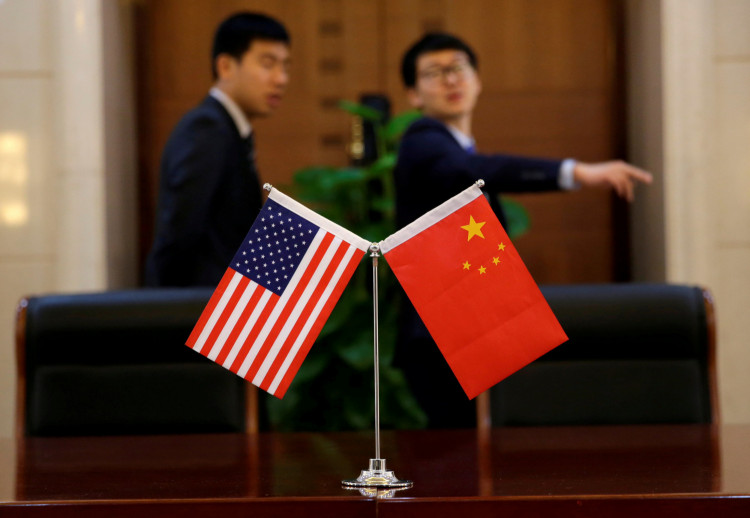The United States may get a bump from two of its competitors by 2030, a new forecast by British-based financial services company Standard Chartered PLC suggested.
Currently, on top of the world's 10 largest economies, the United States may have its crown taken by China and India. According to FOX Business, a new forecast revealed that the U.S. may be pushed at third place by the Chinese and Indian economies respectively within 10 years time.
The forecast went on to predict that Indonesia will rise to the fourth spot while Turkey and Brazil will take on the fifth and sixth spots respectively. Egypt follows behind at seventh place, with Russia tailing closely at eighth. Finally, Japan is foreseen to take on the ninth spot and Germany is said to come in at tenth place.
In a message to potential investors, the group's economy specialists noted, "Our long-term growth forecasts are underpinned by one key principle: countries' share of world GDP should eventually converge with their share of the world's population, driven by the convergence of per-capita GDP between advanced and emerging economies."
Meanwhile, economists are reportedly optimistic about China's economy as 2019 unfolds. Stability is expected to take place sometime after the first quarter of this year as upgrades get incorporated into the investment structure and consumption of services improves.
Zhu Baoliang, a State Information Center economist, said China's economy has made progress and potential risks in the financial sector have been released in part so as to help business experts prepare for the expected slowdown of the economy this year, Xinhua reported.
Financial analysts and economists have suggested that China should move towards reducing taxes and expanding deficits in the country's fiscal budget. These measures are expected to help maintain the stable economic growth that the country is experiencing.
The recent developments in the Chinese economy that analysts have released come amid trade disputes between China and the U.S. Earlier last week, the U.S. delegation of six cabinet members arrived in Beijing to discuss the issue. The three-day negotiations produced fairly positive results, according to both sides.
While the China-U.S. trade war has not been resolved yet, both parties have reportedly agreed to communicate further on ways to come to an amicable settlement. A trade truce of 90 days has already affected a number of industries. U.S. President Donald Trump has threatened to raise tariffs on about $250 million Chinese goods by up to 25 percent if no deal is struck by March.






